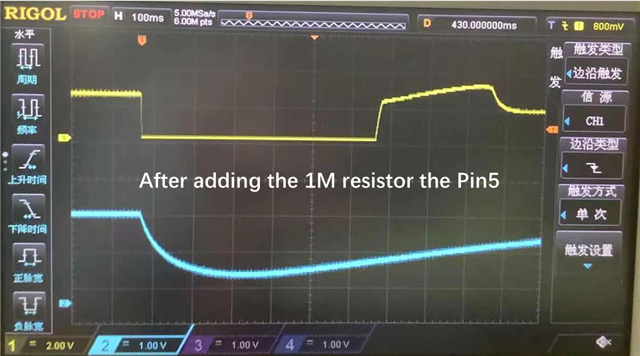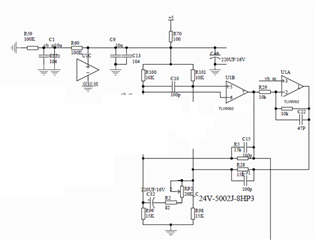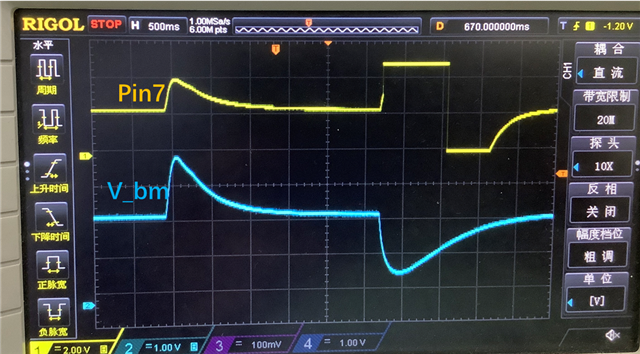Hi team
There is a technical problem when TLV9062 is used in the differential to single ended circuit of our effector products. Some defective models have the phenomenon of output rustle when the 48V phantom power supply is powered off, and this phenomenon will disappear after the tlv9062 is replaced. The details are as follows:
1. The schematic of the system is as follows:
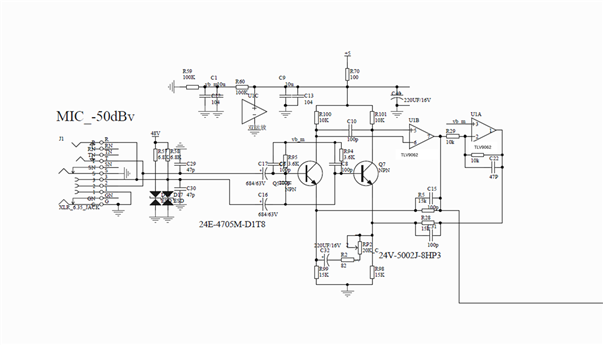
2. When the 48V phantom power supply is powered on and off, VB_ M due to the charge and discharge of the capacitor, there will be a drop or climb phenomenon, as shown in the blue waveform in the waveform.
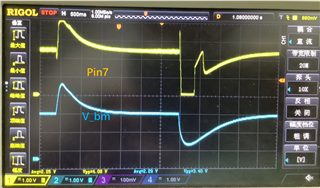
3. After our test, it is found that when 48V power is off, the audio port output by pin 7 of tlv9062 is rustling. Further grasping the waveform, it is found that pin 7 of tlv9062 will have a peak waveform when 48V phantom power is off, as shown in the Yellow curve below. The pin5 pin6 and VDD of TLV9062 is normal and don't appear dropout which is not shown in the waveform.
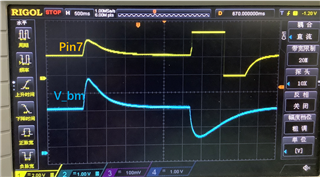
4. Compared with the normal one without rustle phenomenon, pin7 pin has flat square wave instead of sharp wave when 48V phantom power is off.
5. The defective chip of TLV9062 was tested by EVM board and found to work normally.
Could you please help to analyze the causes of this phenomenon and provide the solution?
Best Regards
Wesley



